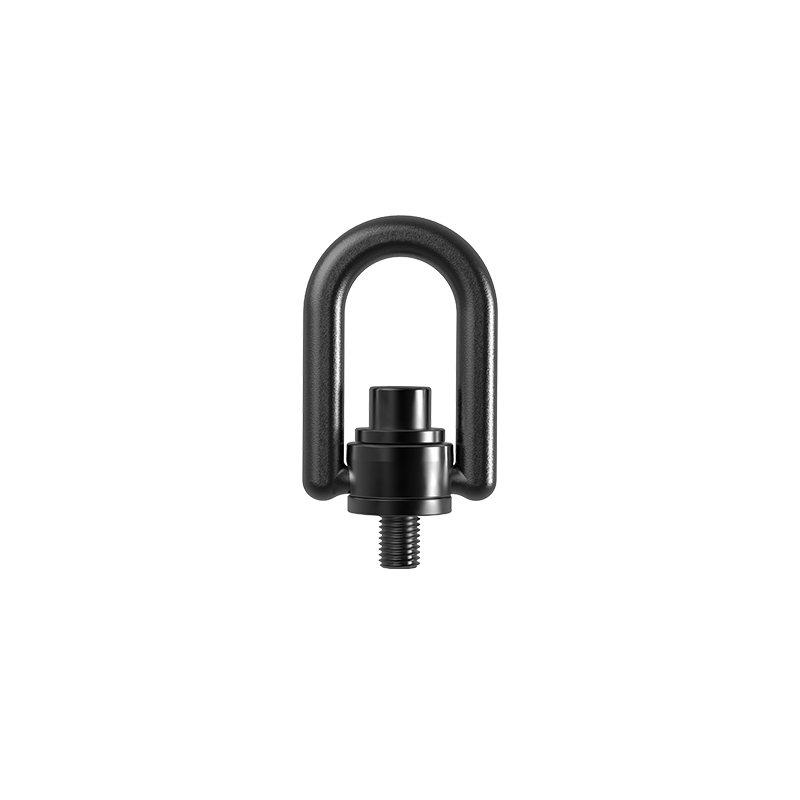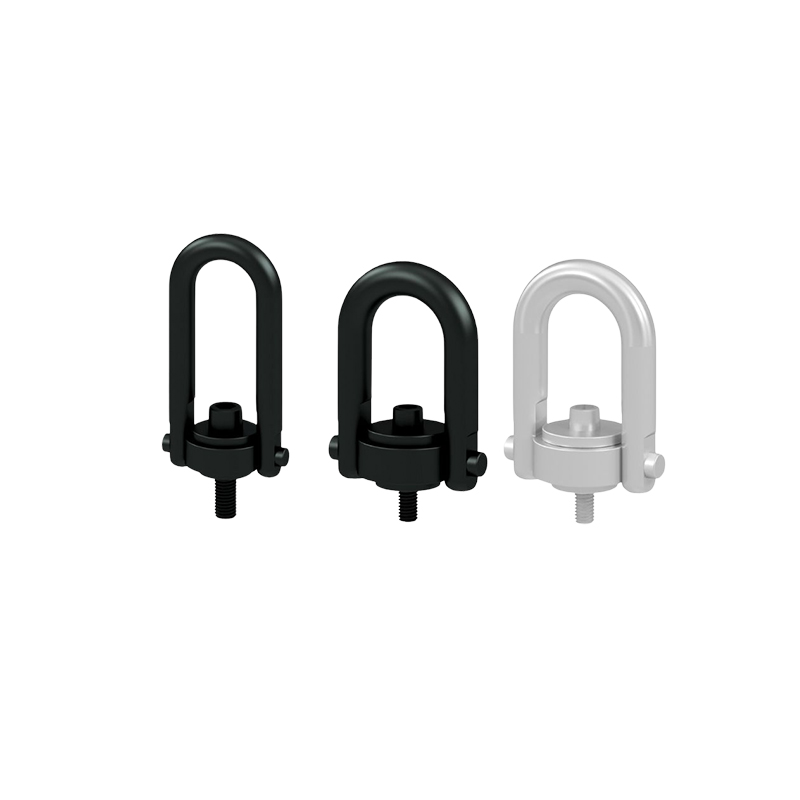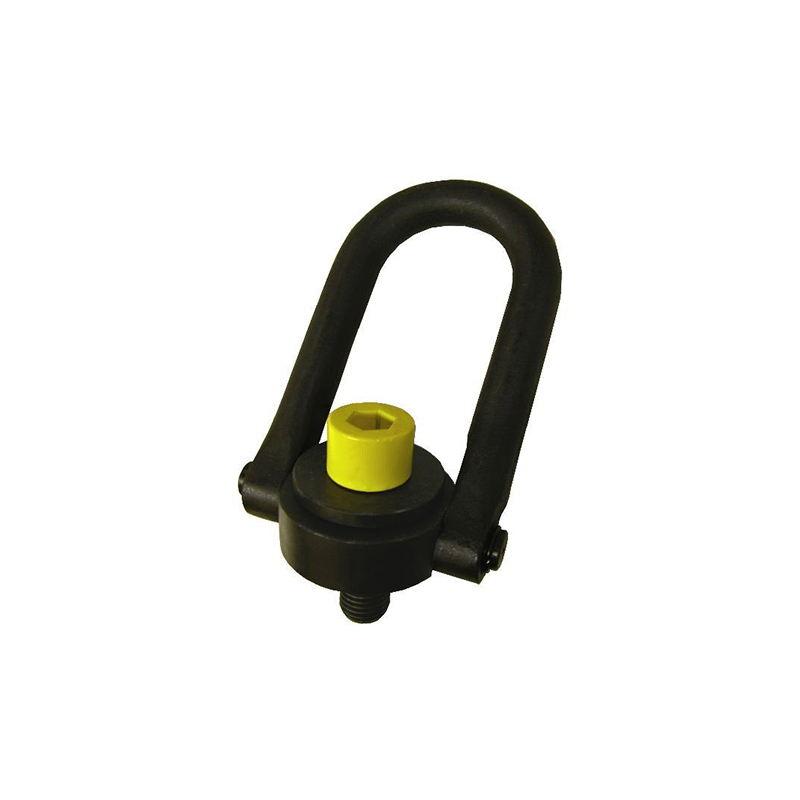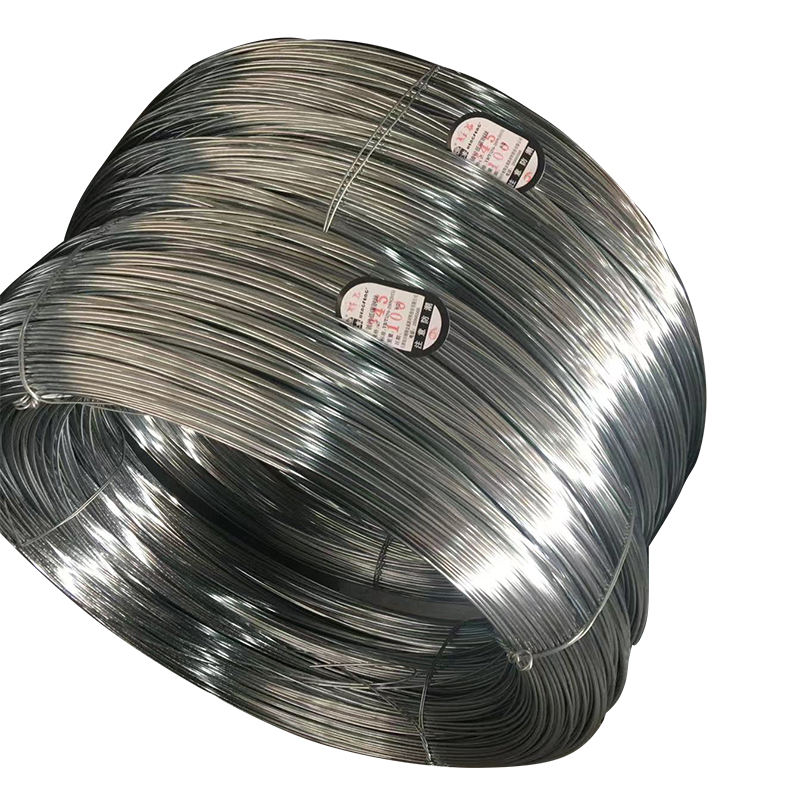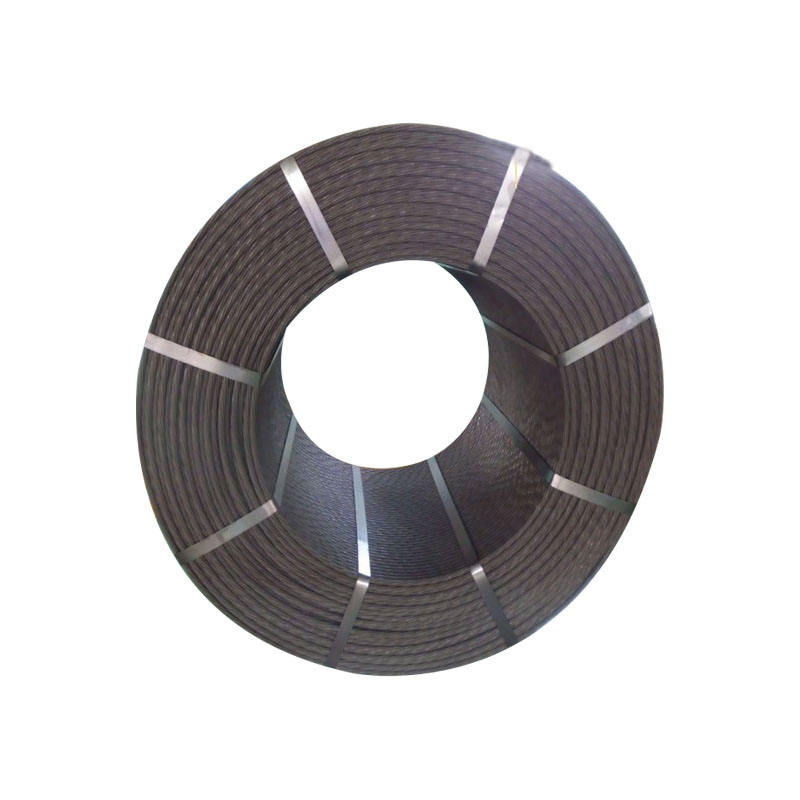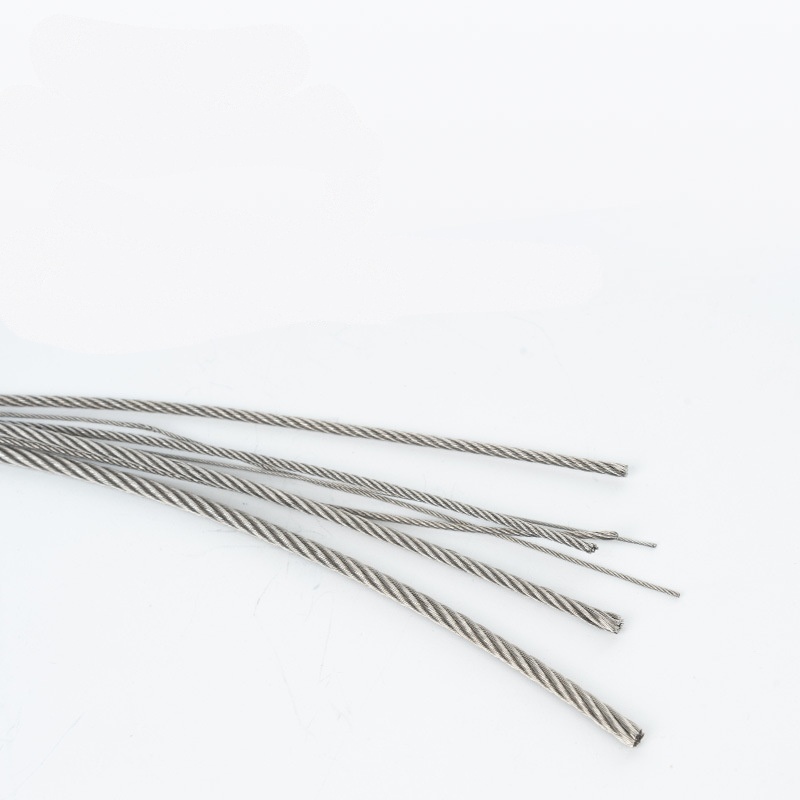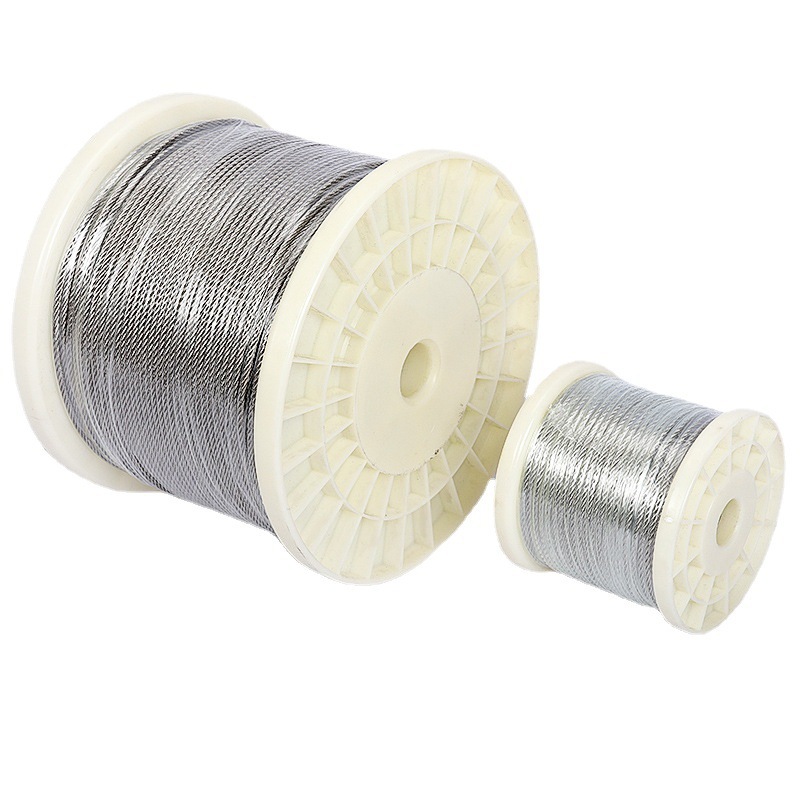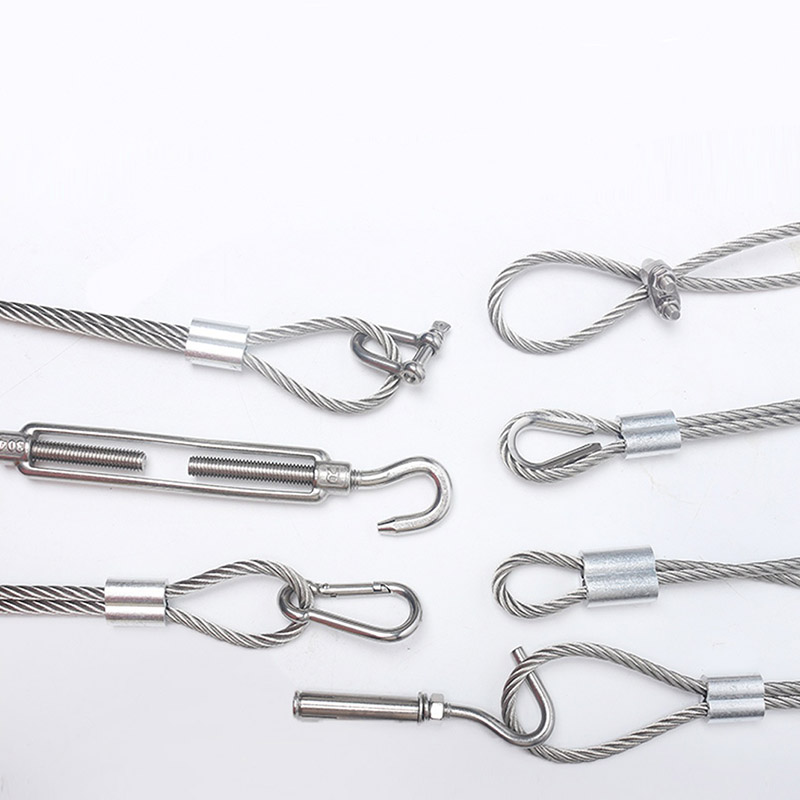Swivel Hoist Ring
Send Inquiry
Swivel hoist ring are pretty handy and built to last, plus they follow global safety rules. The big plus? They’ve got tested weight limits, so you know they won’t buckle under serious loads. Most come with a rust-proof coating to keep them from rotting out, and their setup is straightforward – no fancy tools needed.
Regular hooks? Nah. Eye bolts spread the load better, which means fewer snap risks. You can grab different styles – swivel ones or ones with collars – depending on the job. Pros love ’em for heavy lifting, rigging, or holding up structures because they don’t quit when things get rough.
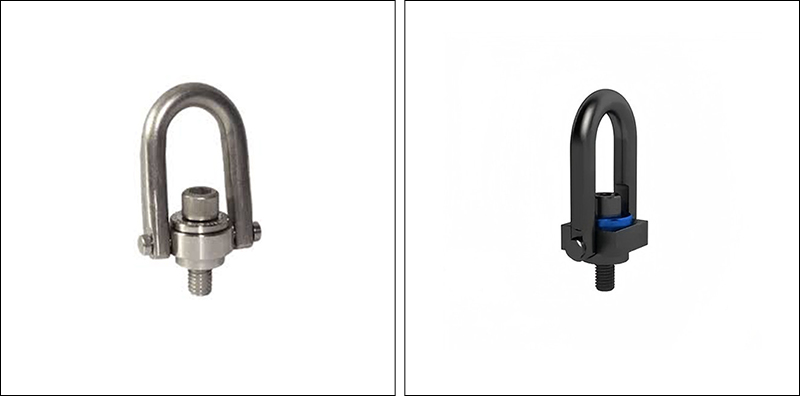
Product details:
Picking materials for swivel hoist ring? You’ve got three main choices: carbon steel (Grade 4.8/8.8), stainless steel (A2/A4), or alloy steel. Grade 8.8 carbon steel gets heat-treated – that’s why it’s good for heavy lifting jobs. A4 stainless (aka 316) is the go-to for salty marine stuff because it doesn’t rust as fast. Forged alloy steel? That’s the muscle option – pros use it for bridges or cranes where the weight limits get serious.
The grade you pick decides two things: how much weight it’ll hold safely and whether it’ll rust or crack in your work environment. Always match the material to your job – like, don’t grab stainless for a quick indoor fix if carbon steel’s cheaper. But also don’t skimp and use carbon steel near seawater unless you want rusty surprises. Mess up the material choice, and you’re either wasting cash or risking a snap.
Product parameters
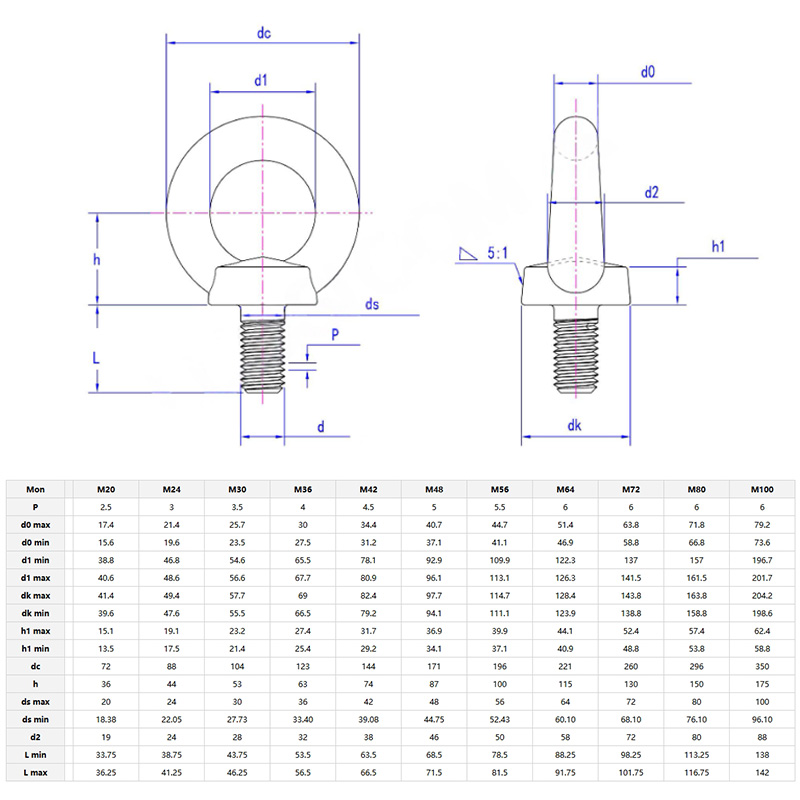
FAQ
Q: Are your Swivel Hoist Ring corrosion-resistant for marine or outdoor applications?
A: Yep, they’re either stainless steel (like 304 or 316) or galvanized carbon steel. The stainless ones are your best bet for saltwater jobs since they don’t rot out like regular steel. Galvanized? Those are good enough for most outdoor stuff. If you’re working in harsh environments, grab the 316 stainless with a polished finish – it’s way less likely to pit or corrode.
Even though these rings are coated, you’re not totally off the hook. Give ’em a quick look now and then for rust or wear. It’s like checking your tires – skip it, and you might end up with a nasty surprise down the road.


